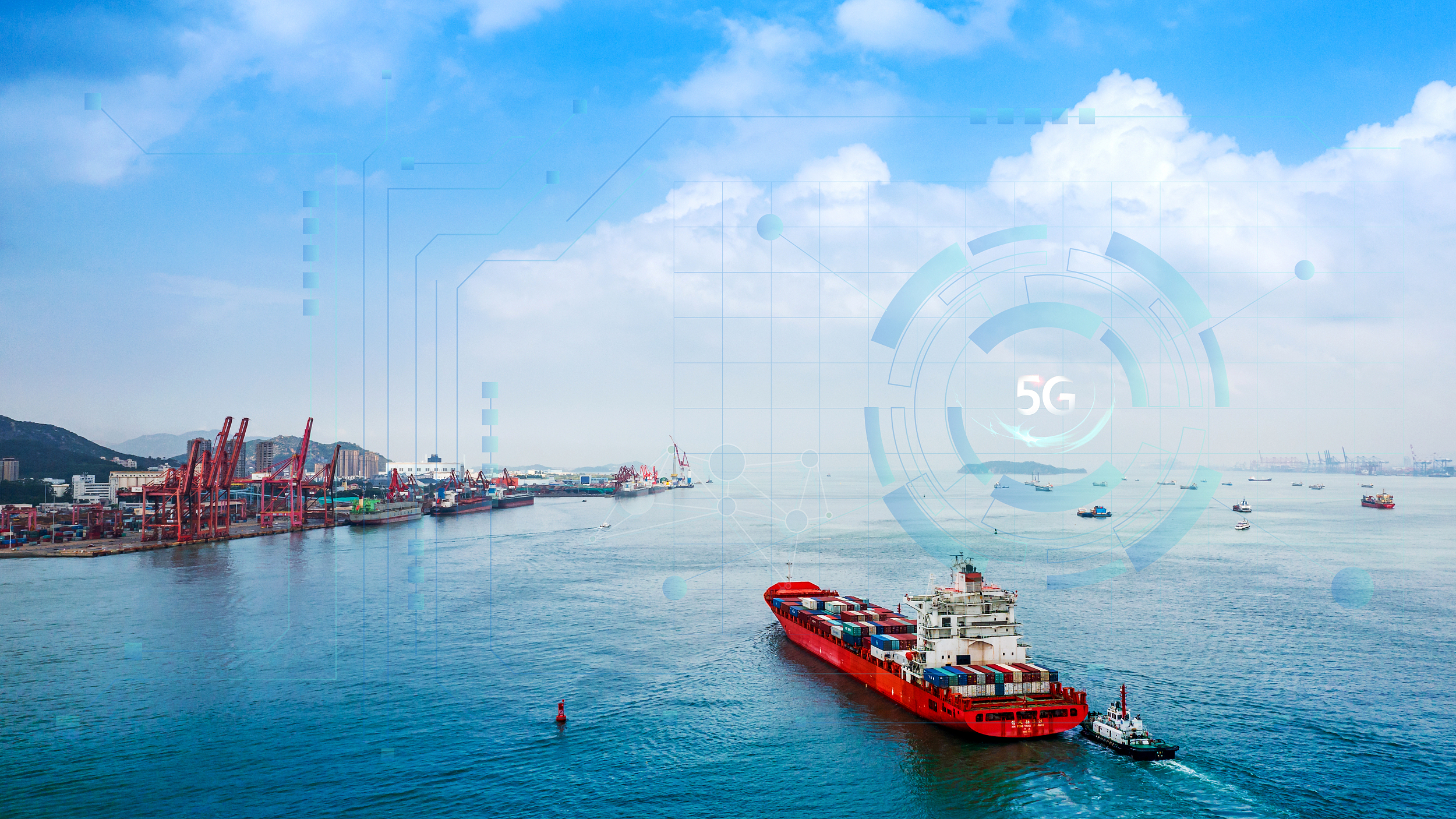
PHOTO:VCG
By Staff Reporters
Although 5G networks operate smoothly on land, coverage at sea remains a formidable challenge with 5G coverage on marine routes being discontinuous and the signal unstable.
However, this situation has changed on the Shandong-Liaoning sea route. China has achieved full broadband coverage over an area of 20,000 square meters. It is the country's first large-scale and continuous 5G network coverage at sea. Now,? passengers on the route can enjoy a network experience identical to that on land.
According to information and communication expert Chen Zhigang, continuous 5G network coverage at sea requires precise propagation models to predict and optimize the transmission characteristics of network signals in complex marine environments. The construction of offshore base stations involves overcoming natural constraints and safety risks associated with sea operations, while also taking into consideration equipment durability against corrosion, water and moisture.
Furthermore, implementation of ultra-long-range coverage technologies, such as base station site selection planning, high-gain antenna deployment, and high-power base station utilization requires meticulous planning and optimization.
As China's marine industry accelerates its intelligent transformation, emerging sectors like marine aquaculture, smart marine equipment, and marine big data are flourishing, driving an increasing demand for maritime communication.
The marine coverage of 5G networks provides vessels with real-time critical information on weather, sea conditions, and navigation, enhancing navigation safety. It also assists fishermen in remote monitoring of fishing boats and intelligent management of fishing nets, thereby promoting information sharing and efficiency in the fishing industry, Chen said.
The trio will conduct a series of experiments in fields such as life science, fluid physics, combustion science and materials science. Notably, this is the first time that fruit flies have been taken on a Chinese space mission as experimental subjects. What made scientists choose fruit flies? What experiment will they undergo?
